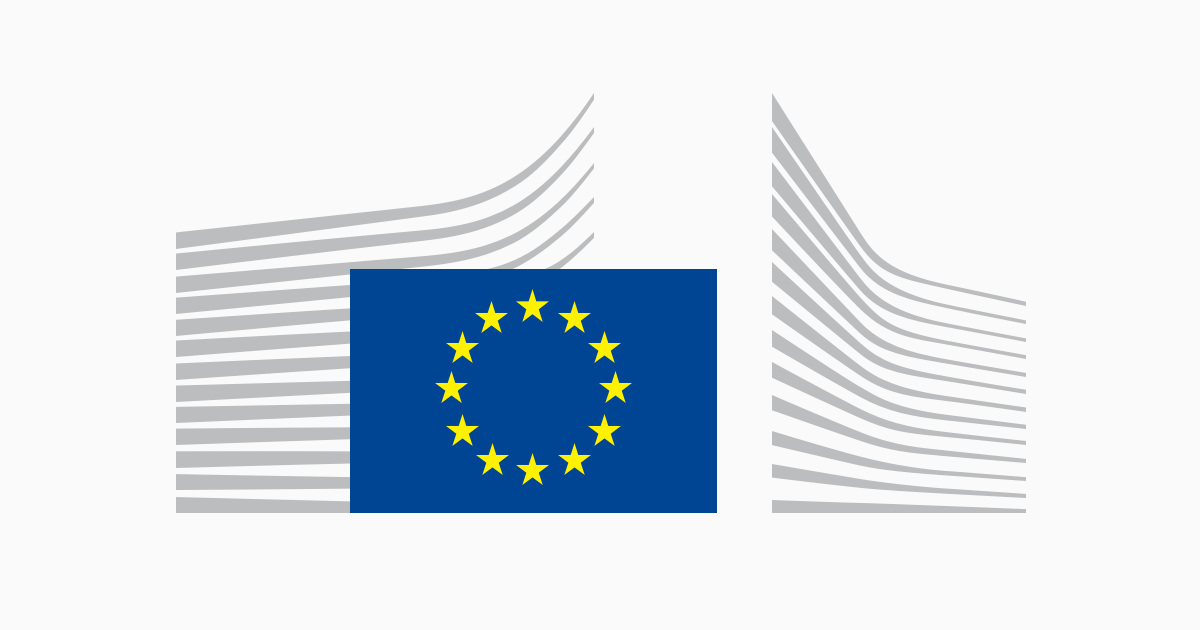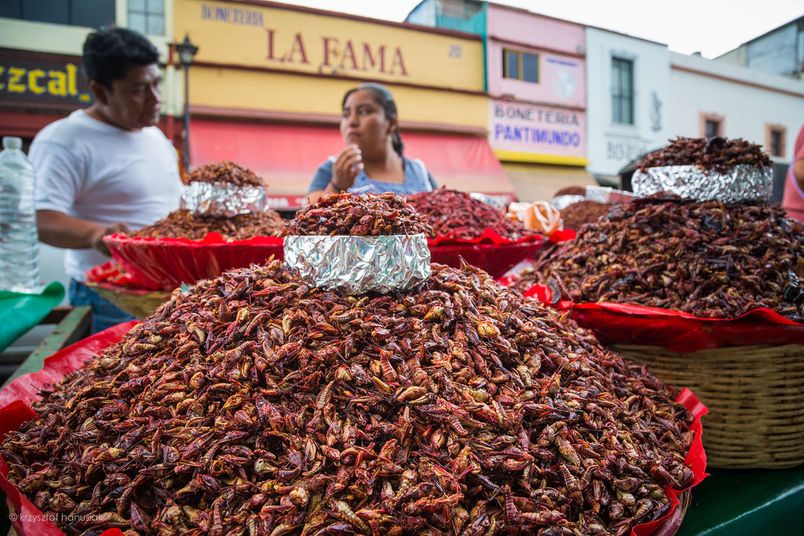
approval insect novel food
A selection of questions and answers compiled through the approval process.
----------
What was adopted by the Commission and published in January 2025?
On 20 January 2025, the Commission has authorised the placing on the market of UV-treated powder of whole Tenebrio molitor larvae (yellow mealworm) as a novel food.The authorisation concerns the ultra-violet (UVB) light treated powder obtained from whole, thermally treated and ground Tenebrio molitor larvae (yellow mealworm).
The term “mealworm” refers to the larval form of Tenebrio molitor, an insect species that belongs to the family of Tenebrionidae (darkling beetles). It is intended to be marketed as a food ingredient in a number of food products for the general population.
The existing authorisations of these insects as novel foods will allow the applicants to place the different insect species on the EU market under certain conditions of use.
Why are we approving insects as food?
Novel Food is defined as food that had not been consumed to a significant degree by humans in the EU before 15 May 1997, when the first Regulation on novel food came into force. Although there is anecdotal evidence of insects consumed as food in the past, no Member State has confirmed human consumption to a significant degree prior to 15 May 1997 for any insect species.The Novel Food Regulation requires an authorisation before a novel food product can be placed on the Union market.
The Novel Food Regulation is only about the approval of a product, following a stringent scientific assessment made by the European Food Safety Authority (EFSA). The Authority verifies, in light of the scientific evidence available, that the food does not pose a safety risk to human health.
What has happened this month is one of the final steps in the procedure for authorising UV-treated powder of whole Tenebrio molitor larvae (yellow mealworm) as a novel food. Member States gave their green light for the Commission to allow a food business operator, which had requested these authorisations, to place the product on the EU market. This has already happened to a number of insects such as yellow mealworm, migratory locust, house cricket, lesser mealworm in addition to partially defatted powder obtained from whole Acheta domesticus (house cricket).
Why should we eat insects?
It is up to consumers to decide whether they want to eat insects or not. The use of insects as an alternate source of protein is not new and insects are regularly eaten in many parts of the world.----------
Who asked for this...?















